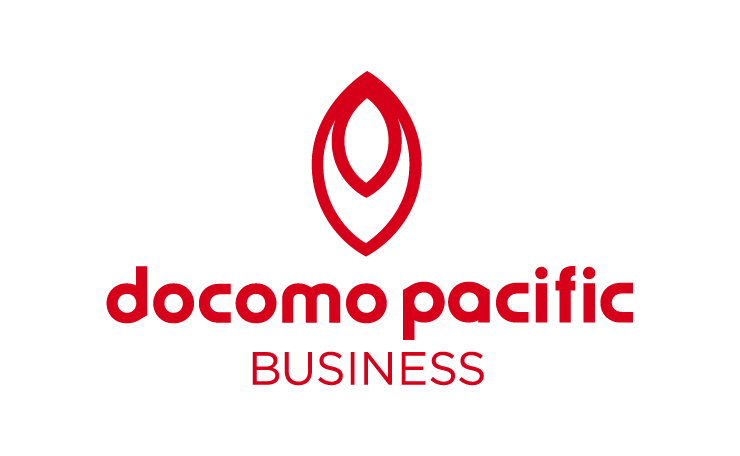Did you know that when you sign up for internet services, you sign up for a service that you share with other businesses around you? This type of service is called shared internet, meaning multiple users share internet bandwidth.
Although the downsides aren’t always obvious or frequent, connection performance often suffers during peak usage times or business hours. This leads to slower upload and download speeds, compromised video conferencing and poor-performing websites. Basically, it impacts many areas of business operations.
On the other hand, dedicated fiber internet uses fiber-optic lines that run from data centers directly into the infrastructure of a business. In other words, if you’re paying for dedicated fiber internet, the connection is yours and yours alone.
So, if you have ever asked yourself, “what is fiber internet?” this blog post will teach you about the many benefits that dedicated fiber internet can bring to your business.
The Attributes of Dedicated Fiber Internet
A dedicated fiber internet connection provides a specific amount of bandwidth for the connection. The bandwidth is not shared with anyone other than the user of the physical circuit. Because it is a dedicated connection, the performance is always consistent and reliable. In other words, you are guaranteed the speed that you purchase. Due to its incredibly reliable service, the dedicated internet market is expected to grow exponentially in the future.
The availability of each internet service type is dependent on the location and whether it can accommodate the infrastructure.
There are plenty of guarantees when signing up for dedicated fiber internet, including:
- The speed that you have purchased.
- Performance metrics, such as packet loss, uptime, repair timeframes and network latency.
- A scalable, secure and uninterrupted connection
These are outlined in your service-level agreement (SLA) and ensure your internet connection performs at a high quality of service regardless of the number of users or time of day.
The Attributes of Broadband Internet
With nearly 60% of the global population — or 4.66 billion people — actively using the internet, it’s impossible to imagine our current world without it.
A broadband internet connection is the most widely used type of connection. Broadband internet is a network shared by many users in an area. Unlike dedicated fiber internet, broadband only gets up to the maximum available speed and does not guarantee the speed or quality of the connection.
Broadband internet speed is determined by the service provider’s network traffic and congestion. It is often unpredictable, and performance varies widely. Speed can also vary greatly depending on the location and time of day. At some points in the day, it is not uncommon for a user to experience slower speeds.
Broadband has asymmetrical speeds, which works well for downloads but is unpredictable for uploads. The latter is not ideal for businesses because uploads are essential to push data to applications and users.
The Differences Between Dedicated Fiber and Broadband Internet
Key contrasts in services emerge between dedicated fiber internet and broadband due to the differences in performance and predictability. When evaluating which one is best for you, consider the tasks your business performs daily. The type of internet you choose is crucial to the success of your business.
Here are the main differences when comparing dedicated fiber internet and broadband connectivity:
Upload and Download Speeds
As we have mentioned, dedicated fiber internet guarantees the bandwidth in your SLA. This makes download and upload speeds symmetrical, allowing applications to run smoothly. It also eliminates the chances that any slowdowns will affect business operations.
Consistent speed is also useful for applications that need high-quality service, such as voice over IP (VoIP) and video apps. Although broadband can certainly allow these applications to function, the speed and service are less predictable.
Throughput Reliability
Many factors contribute to sudden slow speeds in addition to the bandwidth speed, or Mbps:
- Network latency is the speed at which data travels. The lower the latency, the better the performance.
- Packet loss occurs when a packet of data traveling across a network fails to reach the destination, so having a low level of packet loss means fewer dropped connections.
Each of these factors determines the throughput and bandwidth performance. By addressing each of these issues, dedicated fiber internet allows for more consistent performance.
Troubleshooting
There are bound to be issues and outages from time to time, regardless of the type of internet connection.
To address these issues, there is a set response time called mean time to repair (MTTR), which is outlined in the SLA and intended to resolve the issues quickly.
Regardless of whether you have dedicated fiber internet or broadband, the power is in the contract, so ensure that the provider guarantees fast MTTR based on your SLA tier agreement.
Monthly Cost
One of the areas that makes broadband shine is the cost. It’s far more manageable than dedicated fiber internet, which requires installation of the fiber-optic cables if the infrastructure does not already exist. Broadband also comes with a lower fixed monthly cost, providing consistency.
Remember that the lower cost might also mean the service will not meet the standards of dedicated fiber internet. Shared internet connections are a great solution for smaller businesses, but can become a liability as an organization grows.
There’s No Wrong Choice When You Partner With DOCOMO
There is no wrong choice between dedicated fiber internet and broadband — just the right choice for your organization. Smaller companies can rely on shared services, whereas larger companies should utilize dedicated fiber internet if it’s available.
By partnering with the most trusted communications service provider in the Marianas, you can select the right enterprise solution tailored to your needs or connect your business to lightning-fast, cutting-edge fiber.
To learn more about how to choose the right connectivity, read through our latest e-book, “The New Business Guide to Reliable Connectivity,” which provides a comprehensive list of the essential technologies your business needs to thrive.
About the Author
DOCOMO PACIFIC
A wholly owned subsidiary of NTT Docomo in Japan, DOCOMO PACIFIC offers business internet, phone, cable and mobile services to Guam and the CNMI.








